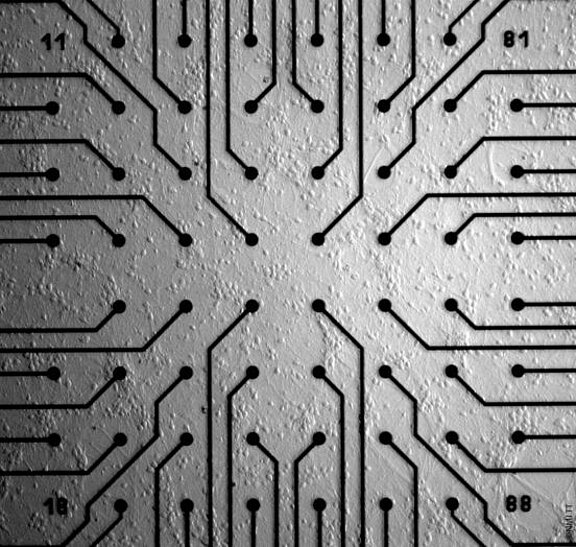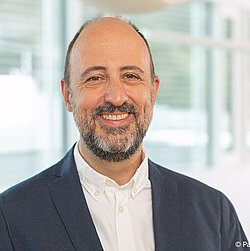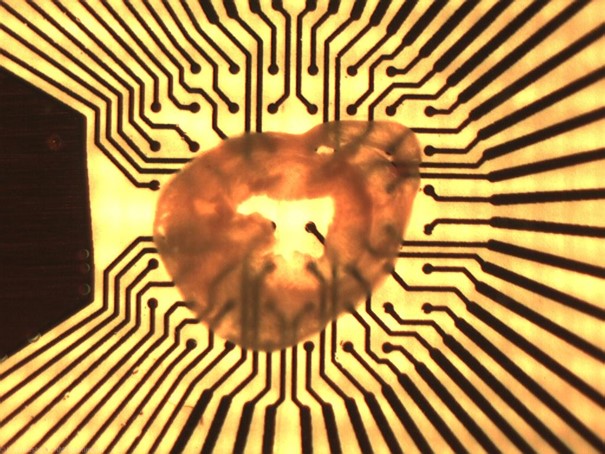
MEA Recordings

Dr. Udo Kraushaar
Next Generation Cellular and Organotypic Assays
Speaker
Scientific Coordination
Next Generation Cellular and Organotypic Assays
Speaker
Scientific Coordination
MEA (microelectrode array) offers extracellular recording with optional optical or electrical stimulation. It is performed on electrogenic tissue on the top of substrate integrated electrodes.
MEA shows certain benefits over other methods in electrophysiology:
- Information on the network level
- Non-invasive
- Long term recordings possible with cell culture possible for days or weeks
- “holistic” ion channel interactions
Our Services
- safety pharmacology (seizure effects on neurons, arrhythmia on cardiac cells)
- neurotoxicity; neuronal modulation; LTP (long term potentiation)
- neurodegeneration (organotypic cultivation on brain slices/retina)
- compound MoA
- diabetes research
- retina research

Methods
MEA recordings can be performed using different models such as neurons, cardiomyocytes, brain/cardiac slices, iPSC-derived neurons/cardiomyocytes etc.
Instruments
Different MEA systems are available depending on the application (high number of electrodes e.g. for neuronal applications, high-throughput systems (96-well format), 96-channel pipettor for parallelized substance application).





